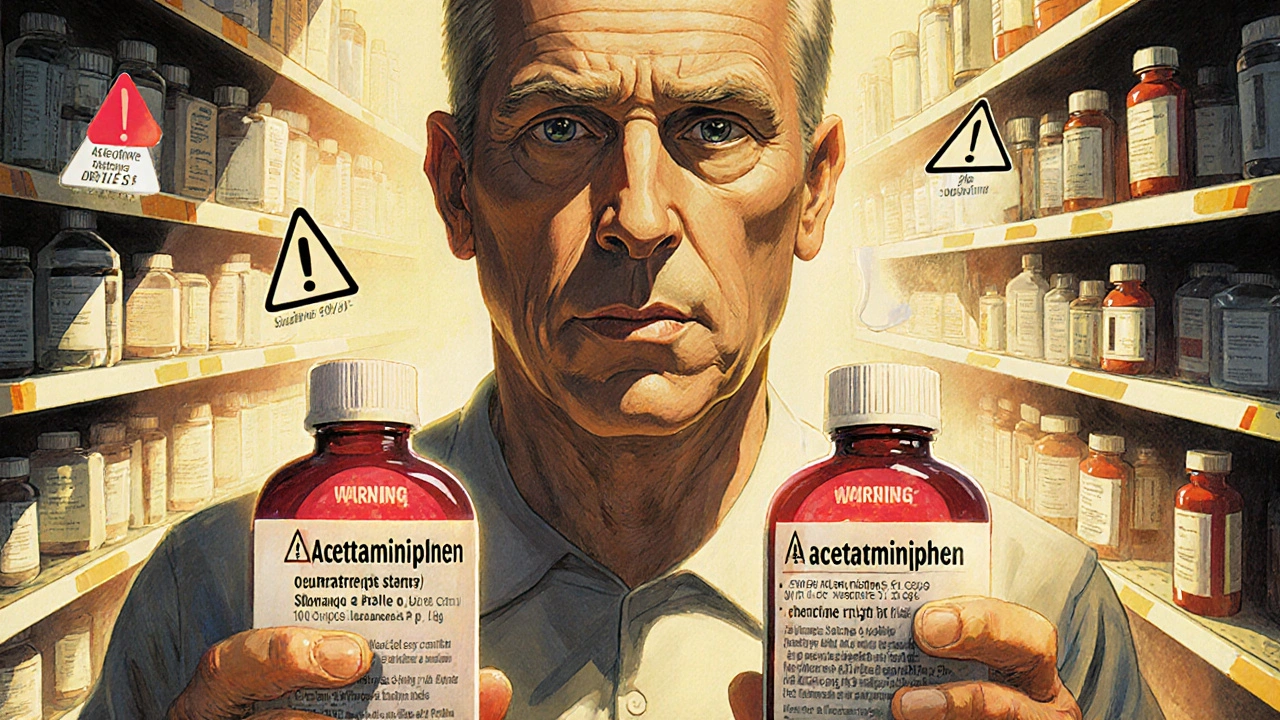OTC Drug Facts Label: What You Need to Know Before Buying
When you grab a bottle of pain reliever, allergy pill, or cough syrup off the shelf, you’re not just picking a product—you’re making a health decision. The OTC drug facts label, a standardized panel on over-the-counter medications that lists active ingredients, uses, warnings, and directions. Also known as Drug Facts label, it’s your only real guide to what’s inside and how to use it safely. Most people skim it or ignore it entirely, but that’s where mistakes happen. One wrong dose, one hidden ingredient, one interaction you didn’t see coming—and you could end up in worse shape than when you started.
The active ingredient, the component that actually treats your symptom is the most important part. It’s listed right at the top. That’s what you’re paying for. But here’s the catch: two different brands might have the exact same active ingredient. Tylenol and generic acetaminophen? Same thing. Allegra and fexofenadine? Identical. The brand name just costs more. Knowing this saves money and avoids accidental double-dosing. If you’re taking multiple OTC products, you might be hitting your daily limit of acetaminophen without realizing it—and that can damage your liver.
Then there’s the warnings section, the part that tells you who shouldn’t take it and what to avoid. It’s not just fluff. If it says "do not use if you have high blood pressure," and you do, you’re risking a stroke. If it warns against alcohol use and you drink while taking it, you’re increasing side effects like drowsiness or liver stress. And don’t ignore the "do not use" list for kids under a certain age. That’s not a suggestion—it’s a safety line. The directions, how much to take and how often are just as critical. Taking more because it "doesn’t seem to be working" is a fast track to overdose. The label tells you the maximum daily dose for a reason.
Some labels mention "inactive ingredients"—things like dyes, fillers, or preservatives. These don’t treat your symptom, but they can trigger reactions. If you’re allergic to red dye, gluten, or lactose, you need to check this list. A lot of people don’t realize their hives or stomach upset come from something in the pill, not the medicine itself.
The OTC drug facts label isn’t marketing material. It’s your legal right to know what you’re putting in your body. It’s designed to be clear, plain, and consistent across every product sold in Canada and the U.S. But you have to read it. No one else will do it for you. Whether you’re treating a headache, a runny nose, or heartburn, the answer isn’t in the bright packaging or the catchy slogan. It’s in the small print.
Below, you’ll find real-world guides that break down how to read these labels, spot hidden risks, and avoid common mistakes people make with everyday medicines. From how protein affects absorption to why some OTC drugs interact with birth control, these posts give you the facts—no fluff, no guesswork.

How to Read OTC Drug Facts Labels Correctly and Confidently
Learn how to read OTC drug facts labels to avoid dangerous mistakes like double-dosing, liver damage, and drug interactions. Know what’s in your medicine and how to use it safely.
Read more